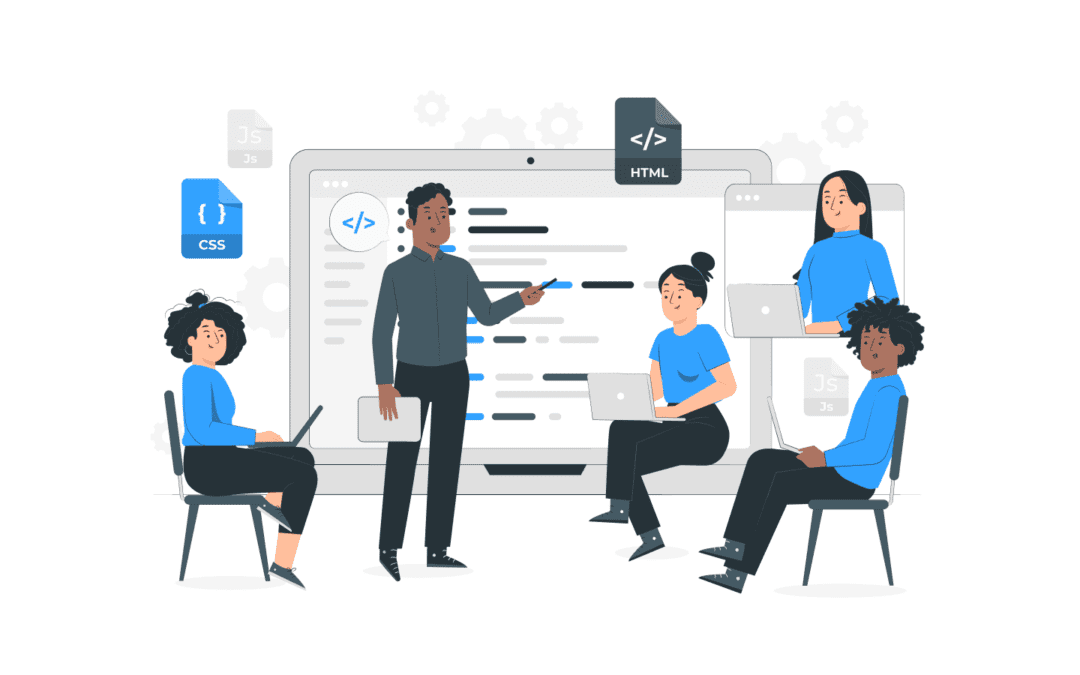In the ever-evolving app development world, adding new features to your existing app is crucial to keep users engaged and satisfied. Whether responding to user feedback, capitalizing on emerging trends, or expanding your app’s capabilities, this guide will walk you through enhancing your app with new features. We will provide a detailed, code-oriented roadmap to make the journey smooth.
Step 1: Define Your Objectives to Add New Features to Your Existing App
Before you start coding, it is essential to establish clear objectives for your new features. Ask yourself:
- What problem does this feature solve?
- How will it enhance the user experience?
- What are your success criteria?
Having well-defined objectives will guide your development efforts.
Step 2: Plan Your Architecture
Consider how the new features will integrate into your existing app. You will need to decide if you want to:
- Extend Existing Components: You might add new functionalities to existing components, like incorporating a new button or form field.
- Create New Modules: For more significant features, consider creating separate modules to keep your codebase organized. This can help avoid code bloat and maintainability issues.
Step 3: Version Control
Version control is essential for keeping track of changes to your app.. Using a version control system like Git ensures you can roll back changes if needed. Here is a basic workflow for adding new features:

Step 4: UI/UX Design
Your new feature should seamlessly integrate into your app’s user interface. Consider the design elements, layout, and user experience. Create or update UI components as needed.
Step 5: Implementation
Now comes the coding part. Based on your app’s technology stack, the implementation details may vary. We will provide an example in JavaScript using React:

Remember to write clean, well-documented code to ensure easier maintenance in the future.
Step 6: Testing
Testing is critical to ensure your new feature works as intended and does not introduce bugs in existing functionality. Consider unit tests, integration tests, and user acceptance testing.

Step 7: Deployment
When you are satisfied with the new feature and testing is complete, it is time to deploy the update. Follow their deployment guidelines if your app is on a platform like Google Play or the App Store. You will need to upload your updated code to your hosting server for web apps.
Step 8: Monitor and Collect Feedback
After deploying your new feature:
- Keep a close eye on its performance.
- Use analytics to gather data on user interactions.
- Encourage user feedback through in-app prompts or surveys.
This information is invaluable for making further improvements.
Step 9: Iteration
The development process does not end with deployment. Use the feedback and data you have collected to iterate on the feature. Continuous improvement is key to a successful app.
Conclusion
Adding new features to your existing app is a strategic way to stay competitive and keep your users engaged. The process involves careful planning, coding, testing, and deployment. Following these steps and maintaining a flexible, responsive development process can keep your app fresh and valuable to your users. Happy coding!
If you are looking for the right offshore software development company to partner with for your next app idea, please get in touch with our team now!
